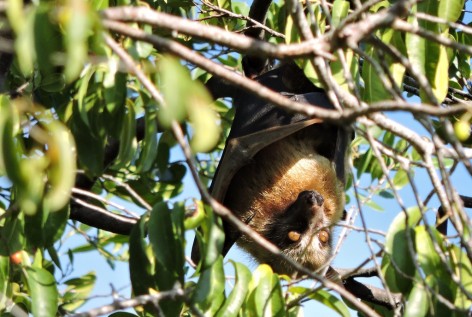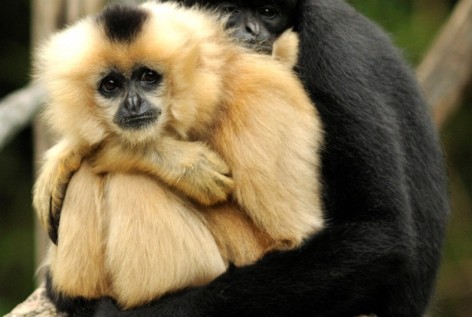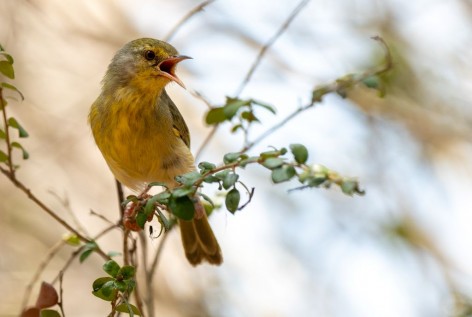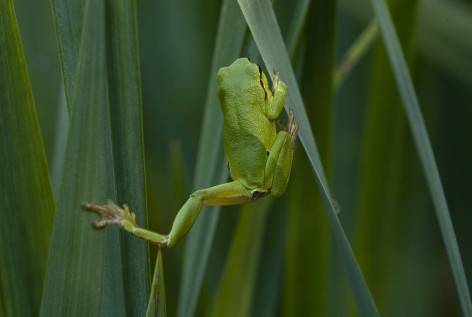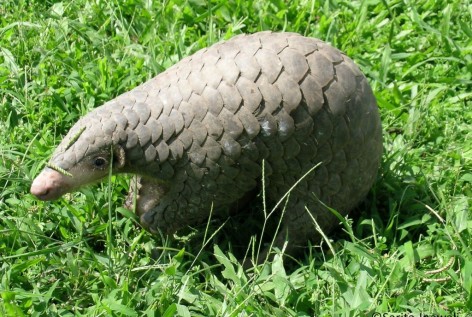Foundation
Projects
Since 2001, Stiftung Artenschutz has been committed to the conservation of existentially threatened, often less well-known animal species and their habitats. They do this in close cooperation with many zoos, nature conservation organizations and committed private individuals.
Most of the supported projects are dedicated to the in-situ conservation of species within their natural range and habitat. However, one of the principles of Stiftung Artenschutz is the "One Plan Approach" suggesting that activities in the wild (in situ) and in captivity (ex situ) - such as conservation breeing - have to go hand in hand. That is why we not only support in-situ conservation projects, but also conservation breeding or applied science as well as education programmes outside the species' natural habitat and range, as long as the project's impact is relevant for the species overall conservation.
Our projects often include socio-economic activities, for examples in human-wildlife conflict situations, to empower local people to find alternative income. We support projects that are sustainable and if possible make a contribution to the fight against climate change, for example through reforestation or education programmes.
